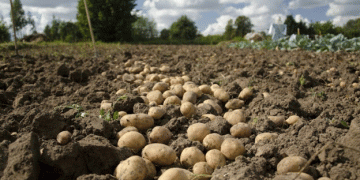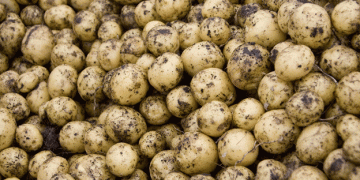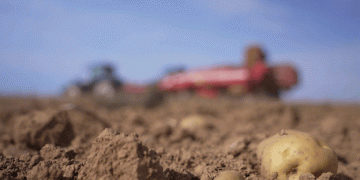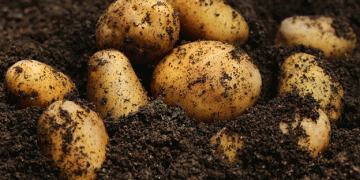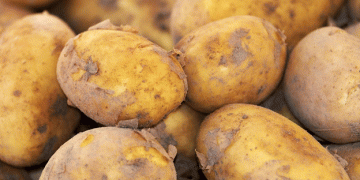In early 2025, Brazil’s potato farmers faced significant challenges due to excessive rainfall in key producing regions, including the South, Mato Grosso, and Mato Grosso do Sul. The heavy rains led to flooding, hindering harvesting activities and reducing the availability of potatoes in the market. Consequently, prices have surged across these areas.
Impact on Potato Production
The relentless rainfall during January and February 2025 caused severe disruptions in potato cultivation. Fields in regions such as Paraná, Rio Grande do Sul, and Santa Catarina experienced flooding, making it difficult or even impossible for farmers to harvest their crops. This situation has not only decreased the quantity of potatoes available but also raised concerns about the quality of the produce that could be salvaged.
Regional Price Increases
The scarcity of potatoes has led to notable price hikes in various regions. As of mid-February 2025, the average prices for a 25kg bag of special agate potatoes are:
- Paraná (PR): $12.00 per bag.
- Rio Grande do Sul (RS): $11.60 per bag.
- Santa Catarina (SC): $11.90 per bag.
- Mato Grosso (MT): $12.40 per bag.
- Mato Grosso do Sul (MS): $12.30 per bag.
These figures represent a significant increase compared to previous months, reflecting the supply-demand imbalance caused by the adverse weather conditions.
Broader Agricultural Implications
Beyond immediate harvesting challenges, excessive rainfall poses additional threats to agriculture. Saturated soils can lead to an increase in diseases and pests, further compromising crop yields and quality. Flooding can also cause long-term soil degradation, affecting future planting seasons. Farmers are urged to implement effective water management practices and consider diversifying crops to mitigate such risks.
The early 2025 excessive rainfall has profoundly impacted Brazil’s potato industry, leading to reduced harvests and increased prices. As climate variability continues to challenge agricultural practices, stakeholders must adapt through resilient farming techniques and proactive market strategies to navigate the uncertainties of weather-dependent agriculture.


